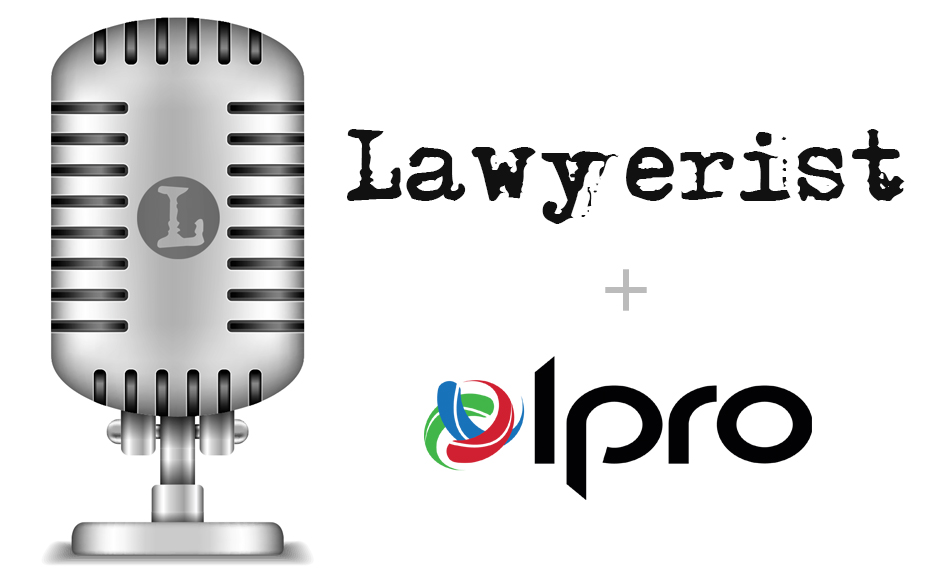AI in eDiscovery: Expectations vs. Reality
For the last decade, the term Artificial Intelligence (AI) has been used quite a lot in the eDiscovery industry, with many at this point feeling like it’s more hype than technological innovation. This sense of hollow promises was added to recently when a former employee of Hanzo filed a lawsuit claiming that “the company would manually input the investigation results into its customer portal to create the false appearance that they were generated by artificial intelligence,” because the company’s AI platform was not functioning, [while] “senior Hanzo officials repeatedly warned the plaintiff not to tell clients about the manual investigations.”
So if they were faking AI results, does that mean everyone claiming they’re using it in eDiscovery is lying? Not in the least! But it does raise the need to define what is (and isn’t) Artificial Intelligence within eDiscovery as a way to cut through the noise.
Expectations vs. Reality – AI in eDiscovery
There are a lot of claims of “Artificial Intelligence” in the market, but when people hear the term AI, they often think of science-fiction, with robots doing the work that humans had done before. For further insights on the reality of legal AI, Robert Cruz, eDiscovery Hosting Support Consultant at RVM Enterprises, offers some considerations:
“The chatter of the eDiscovery industry lies within the offerings and solutions of ‘AI.’ For most, AI is envisioned from movies like The Terminator, iRobot, Transcendence, Stepford Wives, Blade Runner, and The Matrix. These are illustrations of what true AI would be. But defining AI has been more complex due to companies lowering the bar of what is considered AI.
“In eDiscovery, the industry has been focused on machine learning (predictive coding/technology assisted review), which is a subset of AI. To add to the soup of applications, Natural Language Processing (NLP) and Automated Speech Recognition (ASR) are also in vogue in the industry. However, companies have been selling magic shows with these three applications without illustrating the limitations of the math.
“Nothing will replace the human understanding of language. These 3 applications of AI do not have the capabilities to understand the nuances of human speech dynamics (Morphology, Phonology, Accents, Colloquial terms and Vernacular, Heteronyms). For Technology Assisted Review (TAR), NLP, and ASR, these applications rely on rules to function, and these applications fall short of ‘true AI’ since the rules have to be bent or broken to capture the same meaning between two different languages (which is the role of human translators).
“Heteronyms provide a unique problem when translating. For example: ‘The farm was cultivated to produce produce.’ In my current state of typing, MS Word flagged that sentence as a grammatical error and cannot suggest any corrections!
“So, these current uses of AI in legal (TAR, NLP, ASR) will have greater usage in other areas where automation is governed by rules and speeds up the process for more administrative tasks. For language and speech, we are nowhere near True AI.”
— Robert Cruz, eDiscovery Hosting Support Consultant at RVM Enterprises
What is the Future of Legal AI?
The world of technology is constantly changing (for example, it wasn’t so long ago that Netflix was sending DVDs to people through the postal service) so it can be hard to predict what the future may hold for AI. In the legal industry, it can be even more difficult, because, on the one hand you have technological innovation, and on the other, you have whether users will adapt to that innovation.
One of the biggest reasons legal teams may be slow to adapt to the latest breakthroughs, is that, first and foremost, the outcomes have to be defensible. Add this to the fact that AI has primarily been focused on the Review stage of eDiscovery, and it’s easy to see why robot lawyers haven’t swept in and taken over document review.
There’s no doubt that advances will continue in that area (Continuous Active Learning or CAL is already taking its place on the scene), but the future of AI in eDiscovery will likely fall outside of the review stage. Aaron Swenson, Director of Product at Ipro, says it well: “In Legal, you don’t want the AI doing the work for you. You want it to help you ask the right questions, show you insightful trends in the data.”
A good analogy of this is spellcheck and grammar software. It’s been around for quite a while now, but (thankfully) we still need human writers. However, those tools are a great help to a writer. On the other hand, autocorrect (where the computer takes an active role in writing) can be disastrous without human review.
A recent article highlights how AI using word relationships in published scientific papers was able to make discoveries more quickly than humans. A similar use of entity relationships could prove very useful in helping attorneys make connections in large datasets that would be extremely difficult with purely manual review. AI could also help with Assisted Redaction, which could then be QC’d by both software and humans.
The main thing to consider when it comes to Artificial Intelligence within eDiscovery is that it isn’t here to replace lawyers, paralegals, and litigation support personnel. But it can and does and will continue to streamline and assist them in their work of getting to the facts of a case in a just, speedy, and inexpensive manner.

For more on this topic, Download the Complete White Paper Today!











